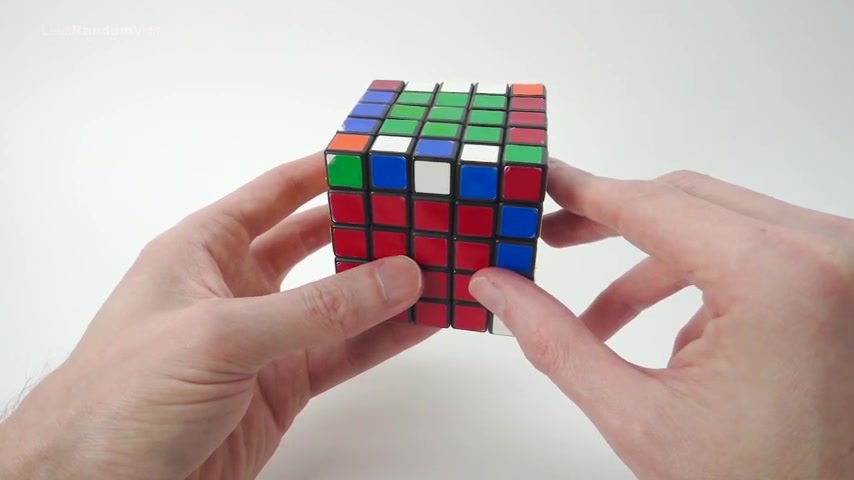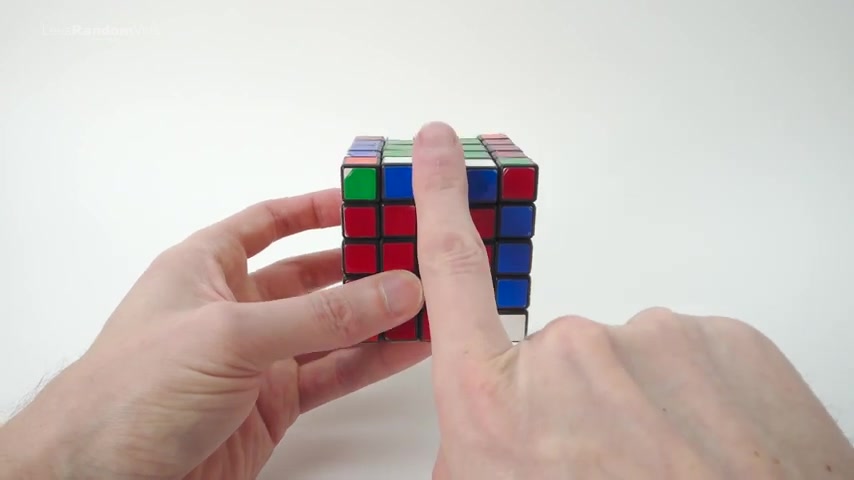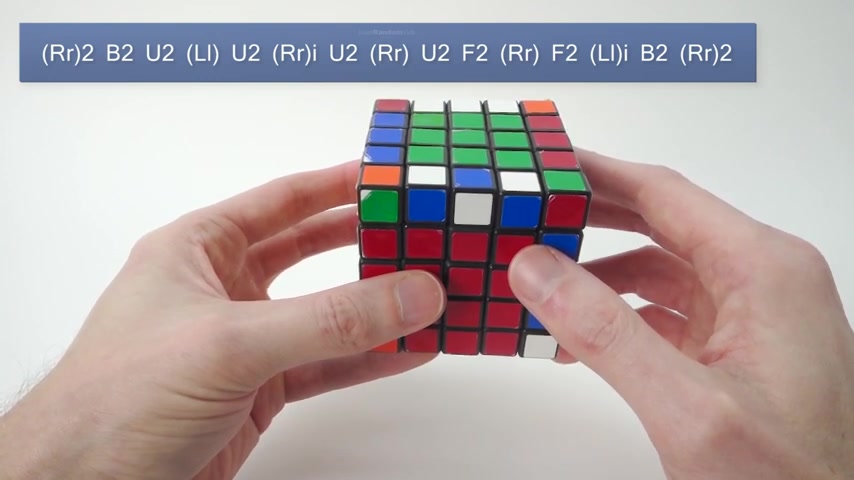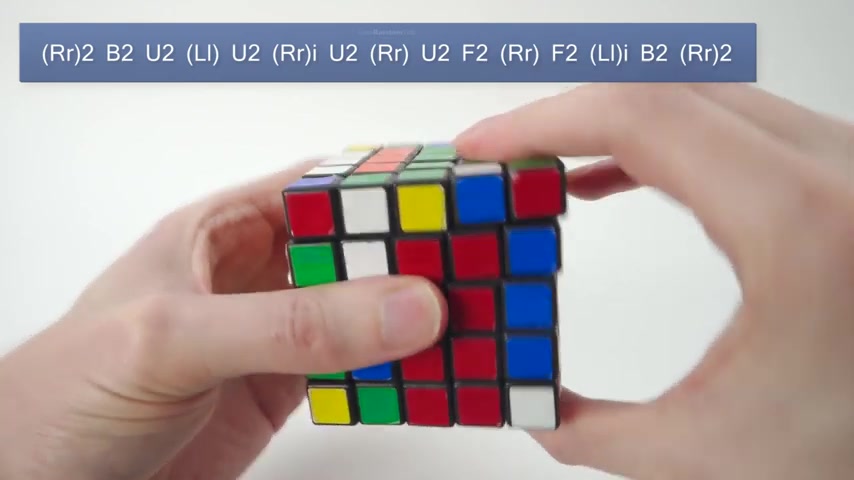https://www.youtube.com/watch?v=Q1MzMjDjqM4
5x5 Rubik's Cube - Edge Pairing Parity Error Solution

in this video , I'm gonna show you how to solve this pirate error that you may run into when solving edge pieces on a five by five .
Rubik's Cube .
Check out my other videos , showing you how to solve a two by two Rubik's Cube a three by three , a four by four and even a five by five .
So in solving a five by five Rubik's Cube , you may run into this par error .
First , you've completed all the centrepieces and then the next step is you start lining up all the edge pieces and you've completed every single edge piece .
As in , you've got all three colours of the same except for one .
The last one .
You've got the three colours on the correct edge and set the sort of in an alternate pattern .
Now , this is a part of error that you may run into .
However , if you watch my tutorial on how to solve the edge pieces , I teach you a way where you will never actually run into this par error anyway , so you can avoid running into this pirate error .
And if you want to learn how to do that , then watch my tutorial on how to solve the edge pieces on a fire by for a Rubik's Cube .

But if you have run into this parity error somehow or you just want to learn how to get out of the parity era , I'm gonna show you now .
So this pirate error , if you look at it , is basically the same par error that you run into on the four by four .
Remember , on the four by four when you come to make the blue cross on the top , sometimes you get this blue on the side and the other colour on the top and the other three are correct .
Well , that's a par er on the four by four .
It's the same on the five by five .
I just think these two are wrong and we will use the same algorithm that we used to solve the priority on the four by four .
We'll use the same one on the five by five .
So if you've already memorised the algorithm , then you already know how to get out of this pirate error .
Now , if you haven't or you don't know how to solve a four by four .
Unfortunately , the algorithm for this is quite long .
That's why our teaching method we avoid this pirate error altogether .
So the algorithm that we will use is the algorithm from the four by four .

And that algorithm is double R in brackets two , B two U two double L in brackets U two double R in brackets .
Inverse U two double R in brackets U two , F two double R in brackets F two , double L in brackets .
Inverse B two double R in brackets two .
OK , And the edge piece we're working on .
We're on the top front face like this .
We're going to flip these two pieces , so let's do the algorithm double R in bracket two .
Be two .
You , too .
Double L in brackets U two double R in brackets in verse .
You , too .

Double R in brackets .
You too .
F two double R in brackets F two , double L in brackets .
Inverse B two double R in bracket two .
And that has corrected these two pieces and corrected the pirate error .
Now you basically have a scrambled three by three .
And as a teacher on a five by five video , you know , solve it the same way you would a three by three .
As I said before , if you want to avoid running into this par to error , therefore you don't need to learn this really long algorithm .
Then check out my other video , showing you how to solve the edge pieces on a five by five , and I'll show you the method on how to avoid running into this par to error altogether .
Hope to help guys and thanks for watching .
Are you looking for a way to reach a wider audience and get more views on your videos?
Our innovative video to text transcribing service can help you do just that.
We provide accurate transcriptions of your videos along with visual content that will help you attract new viewers and keep them engaged. Plus, our data analytics and ad campaign tools can help you monetize your content and maximize your revenue.
Let's partner up and take your video content to the next level!
Contact us today to learn more.